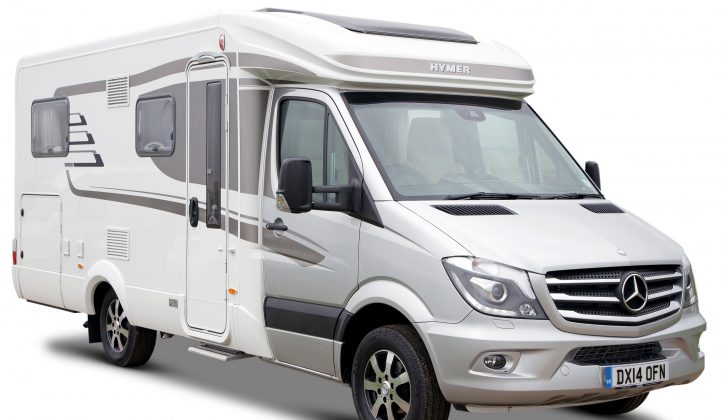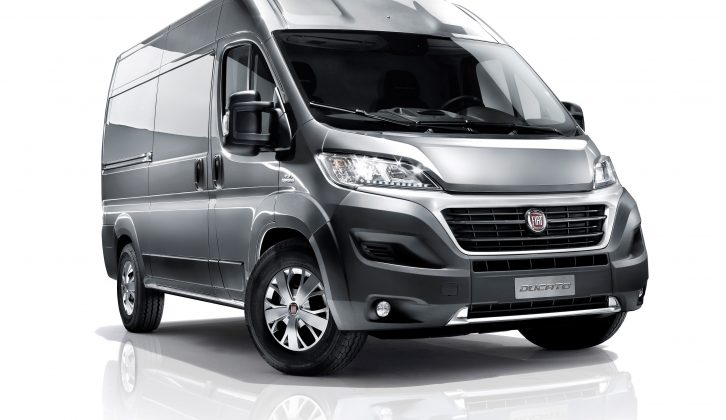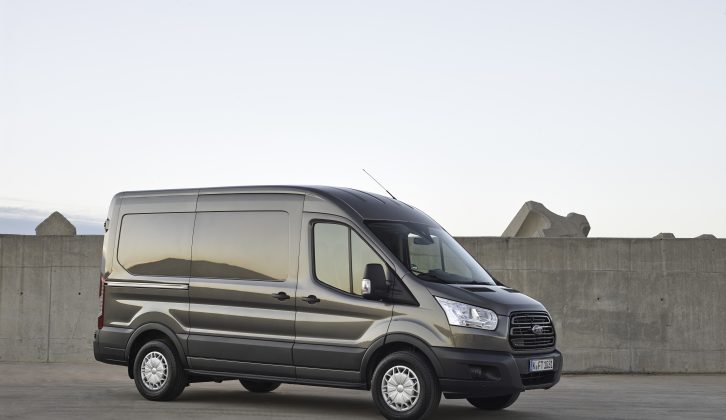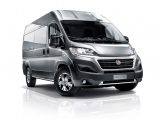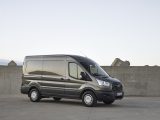Once upon a time pretty much all vehicles were front-engined and rear-wheel drive, then a few manufacturers developed front-engined, front-wheel-drive cars. Pretty soon after, most manufacturers had front-wheel-drive models; nowadays, almost all passenger cars have that set-up.
A similar thing happened in the light-commercial world when, in the 1980s, the Talbot Express was born. As in the car industry, these days most light commercial vans are front-wheel drive, or have a front-wheel-drive option. But why is this set-up so ubiquitous? That’s the question I have set out to answer.
Top five reasons to choose front-wheel drive motorhomes
There are many reasons why front-wheel drive (FWD) is so popular among both manufacturers and end users of vans and motorhomes. Here are the top four arguments in favour of front-wheel drive.
- Front-wheel drive is cheaper. From the manufacturer’s perspective front-wheel drive makes for easier (and therefore cheaper) build processes. Instead of having to assemble and fit the engine and gearbox, and then the propshaft and rear axle, the whole drivetrain can simply be assembled in one piece, complete with driveshafts and hubs on the front subframe, and then bolted to the body as one unit. Simpler assembly means lower build costs.
- It’s easier to climb on board. For the end user front-wheel-drive vans tend to have a lower floor height, which makes loading and unloading much easier. When the vehicle is used as the base of a motorhome, it makes getting in and out of it much easier.
- You’ll burn less fuel. Relevant to both motorhome and commercial use is that the lower floor leads to a lower roof height; this in turn results in a lower overall profile, which is good for improved fuel consumption.
- Longer load area. As the front-wheel-drive power unit is fitted transversely, it also gives a longer load area for the same overall body length, or the same load length for shorter overall dimensions.
- More underfloor tank space. Front-wheel drive motorhomes have more space available for equipment, such as tanks, mounted under the floor. The rear-wheel drive set-up does impose some restrictions when it comes to using a vehicle as a motorhome base. For a start, there’s a propshaft running from the gearbox to the back axle. The gearbox and propshaft can create difficulties when you want to mount water tanks under the floor, despite the floor usually being higher up.
Reasons to choose rear-wheel drive
So is it simply a win-win situation for everyone involved with motorhomes built on front-wheel-drive vans, then? No, not quite!
- You get more traction with rear-wheel drive. Why is a lack of traction in front-wheel-drive motorhomes a big issue? When you accelerate in any vehicle there is a transfer of weight to the rear. If you have rear-wheel drive this is advantageous, as it puts greater load on the driven wheels, generating more grip. If your vehicle has front-wheel drive, however, that same weight transfer takes weight off the front driving wheels, reducing traction. This is why front-wheel-drive vans can struggle when driven off wet grass.
- Repairs cost less with rear-wheel-drive ‘vans. Because a front-wheel-drive vehicle has the engine, gearbox and final drive all inside the engine bay, major work – such as replacing a clutch – can be much more involved. In a rear-drive set-up you remove the propshaft, unbolt the gearbox and lower it out from the engine; you then have access to the clutch. On a front-drive set-up you need to partially remove at least one side of the front suspension, and on a lot of vehicles you have to at least loosen (if not completely remove) the front subframe to take the gearbox out. A fair bit of the front bodywork often needs removing, too. As an example, Autodata quotes 5.4 hours for clutch replacement in a 2006, 2.0 Ducato, but only 3.4 hours for the same job on a Mercedes Sprinter.
Mercedes-Benz, the rear-wheel-drive stalwart
To give you some background, when I bought my first camper in 1990 the majority of motorhomes were built on the Sevel chassis (Fiat, Peugeot or Citroën), so they were front-wheel drive. There were lots of older motorhomes around that were based on the Bedford CF, as well as some on the Transit chassis; but because of the benefits of using front-wheel-drive vehicles in terms of space, few converters did much with rear-driven chassis.
Mercedes-Benz has always been a more upmarket vehicle builder, so rear-wheel-drive motorhomes based on the Mercedes-Benz Sprinter chassis tended to be thinner on the ground due to their price premium (and still do).
Ford Transit vans maintained a foothold for years with a number of converters, but once the company joined the front-wheel-drive market for vans, even fewer van conversions used a rear-wheel-drive chassis. However, some converters do offer rear-wheel-drive motorhomes as an option, when they are based on the new Ford Transit.
If you get the choice, which will you choose for your new motorhome – front-wheel drive or rear-wheel drive?
A keen motorcaravanner, Practical Motorhome’s technical expert Diamond Dave runs his own leisure vehicle workshop. Find out more at Dave Newell Leisure Vehicle Services.
Front-wheel-drive vans can struggle when driven off wet grass

